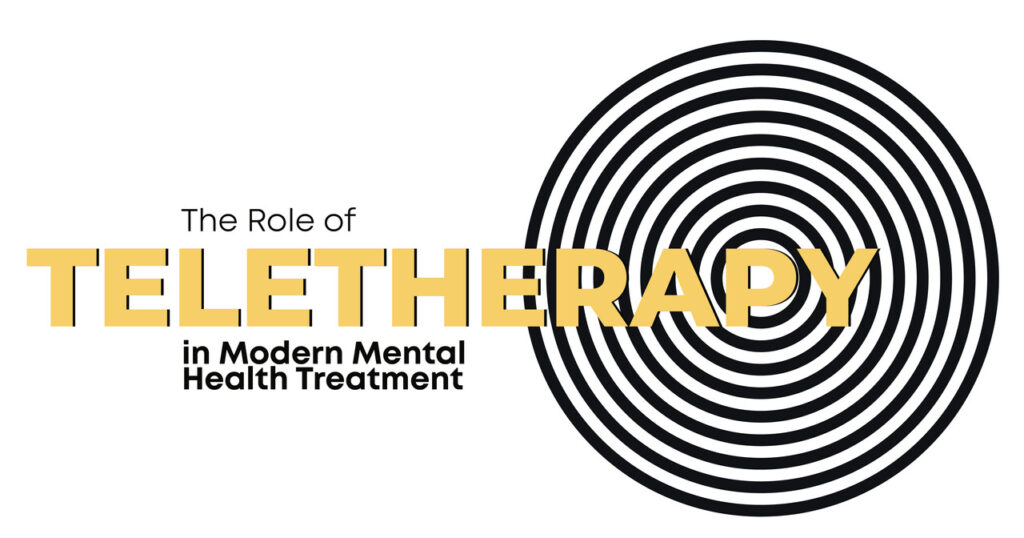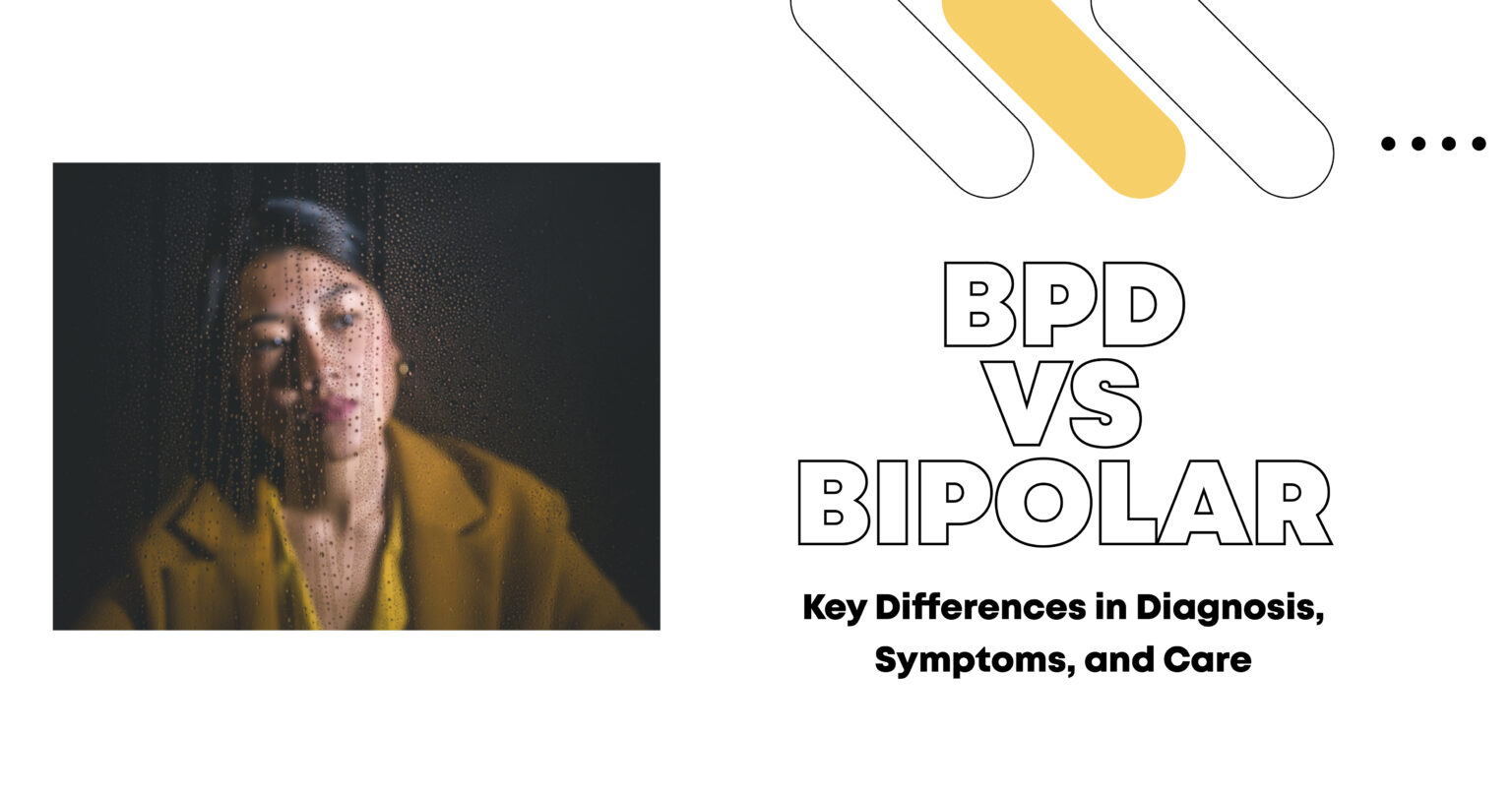Imagine being able to access mental health services from your couch, in your pajamas, with just a few clicks. This isn’t a far-off dream but the reality of teletherapy—therapy conducted over digital platforms. Whether through video calls, phone sessions, or even text-based chat, teletherapy brings mental health support into your home.
Essential Takeaways
Flexibility and Convenience
- Teletherapy allows you to access mental health treatment from home, making scheduling and attending sessions easier and more flexible.
- You can choose online therapy options that fit seamlessly into your life.
- This accessibility is particularly beneficial for mental health professionals who understand that many clients juggle demanding schedules.
Shine Mental Health
Effective Treatment
- Teletherapy is proven to be as effective as in-person therapy for many, thanks to high-quality digital platforms and adapted methods, including behavioral therapy techniques that suit various mental health conditions.
- Recent studies have shown that the effectiveness of telehealth services can be comparable to traditional methods, especially for clients facing mental health disorders such as anxiety and depressive disorders.
- This equivalence has been supported by systematic reviews and clinical trials that demonstrate the efficacy of telehealth for various mental illnesses.
Maintaining Privacy
- Use secure, HIPAA-compliant platforms and a private space to ensure confidentiality and a smooth therapy experience.
- Protecting your privacy is essential when discussing sensitive mental health issues during your sessions.
The Evolution of Teletherapy
Early Beginnings of Teletherapy
Teletherapy’s origins are rooted in the broader field of telemedicine. Early attempts at providing remote therapy primarily involved phone therapy consultations. While these early methods were groundbreaking then, they were limited by technology and often lacked the interactive quality needed for effective therapy.
Technological Advances That Shaped Teletherapy
The real game-changer for teletherapy came with high-speed internet and advanced videoconferencing technology. Platforms like Zoom, Skype, and Microsoft Teams revolutionized remote communication, offering clear video and audio that made video therapy more effective and engaging. Secure telehealth services designed to protect client confidentiality and ensure a smooth, professional experience emerged. These platforms have become essential for mental health providers delivering online treatment.
The Impact of the COVID-19 Pandemic
When the COVID-19 pandemic struck, it acted as a catalyst for teletherapy’s widespread adoption. With physical therapy offices closed or operating at reduced capacity, teletherapy became the primary mode of delivering mental health treatment. This shift demonstrated teletherapy’s feasibility and its potential to provide continuous care even during global emergencies. It highlighted how virtual sessions could seamlessly integrate into the mental health care continuum, making therapy more accessible.

Why Teletherapy is a Game-Changer
Accessibility and Convenience
One of the standout benefits of teletherapy is its accessibility. Imagine you’re a busy professional, a parent with a hectic schedule, or someone living in a rural area with limited mental health resources. Teletherapy eliminates the need for travel and waiting rooms, allowing you to fit therapy into your schedule more easily. Whether at home, at work, or traveling, you can attend your counseling session wherever you are, making mental health care more integrated into daily life.
Cost-Effectiveness
Cost is a significant factor in mental health treatment, and teletherapy offers notable financial advantages. It reduces overhead costs associated with physical office space and administrative staff for providers. For clients, it can lower transportation and time off work expenses. This cost-effectiveness makes mental health services more affordable and helps to reduce the financial barriers that often prevent people from seeking help. Additionally, many insurance companies are now offering insurance coverage for telehealth services, making it easier to access these options.
Privacy and Comfort
Therapy from the comfort of your home can enhance the sense of privacy and ease. Many people find opening up about personal issues easier in a familiar, private space. This comfort can lead to more candid conversations and a deeper therapeutic relationship. Moreover, choosing a secure, private space for sessions helps maintain confidentiality, which is crucial for effective therapy.
Enhancing Client-Therapist Relationships
Despite being virtual, teletherapy can foster a solid therapeutic alliance. High-quality video conferencing tools allow for meaningful visual and auditory interactions, helping therapists and clients build rapport. The convenience of virtual sessions also means clients are more likely to stick with their therapy regimen, contributing to better outcomes and a more effective therapeutic relationship. Research from the Pew Research Center shows that clients appreciate the ability to connect with mental health experts from the comfort of their homes.

Navigating the Hurdles of Teletherapy
Technology and Accessibility Issues
While teletherapy offers many benefits, it comes with its challenges. Technical issues like poor internet connections, software glitches, and device malfunctions can disrupt sessions. Only some people have access to reliable technology or a quiet, private space for therapy, which can create barriers. Addressing these challenges involves ensuring clients have access to the necessary resources and providing support to help them navigate technical difficulties.
Shine Mental Health
Confidentiality and Security Concerns
Confidentiality is paramount in mental health care; teletherapy must prioritize this aspect. Clients need to trust that their personal information and conversations are secure. Providers must use secure, HIPAA-compliant platforms to protect client data. Additionally, therapists should educate clients on best practices for maintaining privacy, such as using secure networks and choosing a private location for virtual sessions.
Maintaining Therapeutic Effectiveness
One common concern is whether teletherapy can be as effective as in-person therapy. Research indicates that teletherapy can be just as effective for many individuals, mainly when therapists and clients are both well-prepared and engaged. However, some therapeutic approaches may be more challenging to conduct virtually, especially for individuals with mental disorders like bipolar disorder or post-traumatic stress disorder. Therapists need to adapt their methods to the online environment and continuously evaluate the effectiveness of teletherapy for each client, particularly for those with complex mental health disorders.
What’s Next for Teletherapy?
Emerging Trends and Innovations
The future of teletherapy is exciting, with several innovative trends on the horizon. Mobile apps for therapy are becoming more popular, allowing clients to access resources and support between sessions. Chat-based or self-guided internet therapy is emerging as a flexible option for clients seeking immediate support. Virtual reality (VR) therapy is one such trend, offering immersive experiences for exposure therapy and relaxation techniques. AI-driven tools are also emerging, assisting in monitoring progress and providing real-time support. These innovations could further enhance the effectiveness and appeal of teletherapy, making it an even more valuable option for mental health care.
Integrating Teletherapy with Traditional Treatments
Rather than replacing traditional therapy, teletherapy is increasingly being integrated into a hybrid model. This approach combines the convenience of virtual sessions with the benefits of in-person appointments. For instance, clients might have regular virtual check-ins with their licensed therapist while attending occasional in-person sessions for more intensive work. This hybrid model allows for a personalized approach to mental health treatment, blending the best of both worlds.

Predictions for the Future
Looking ahead, teletherapy is likely to become a standard part of mental health treatment. As technology advances, teletherapy will evolve to offer even more sophisticated and practical solutions. The focus will be on creating seamless and integrated care models that combine virtual and in-person services, catering to clients’ diverse needs and making mental health care more accessible and practical.
Embracing the New Era of Therapy
The Importance of Staying Informed
Teletherapy is reshaping the mental health care landscape, offering new opportunities and addressing long-standing challenges. Staying informed about the latest advancements and trends in teletherapy can help you make the most of these innovations. Whether you’re a mental health provider or someone seeking therapy, understanding how teletherapy fits into the broader context of mental health care is crucial for navigating the future of treatment.
Your Next Steps
Ready to explore teletherapy? It’s a fantastic modern mental health care option, offering flexibility, accessibility, and comfort. Whether you’re considering starting therapy or looking to switch to a virtual format, many resources are available to help you get started. Don’t hesitate to reach out and learn more about how teletherapy can fit into your treatment plan.
Call to Action
Curious about how teletherapy can work for you? Contact us today to schedule a consultation or learn more about our teletherapy services. We’re here to help you navigate the future of mental health care and find the support you need.
FAQs
What is teletherapy, and how does it work?
Teletherapy is a form of therapy conducted remotely using digital platforms like video calls, phone calls, or text-based chats. It allows you to receive mental health support from the comfort of your own home, making therapy more accessible and convenient. Sessions are similar to in-person therapy, where a licensed therapist guides discussions and helps you work through challenges.
Is teletherapy effective?
Yes, teletherapy has been shown to be as effective as traditional in-person therapy for many clients. Numerous studies have demonstrated that individuals can achieve positive therapeutic outcomes through virtual sessions, especially for conditions like anxiety and depression.
Shine Mental Health
How do I find a teletherapy provider?
To find a teletherapy provider, start by searching online directories that list licensed therapists offering virtual services. Look for providers with expertise in your specific mental health concerns, and consider reading reviews or asking for recommendations from trusted sources.







